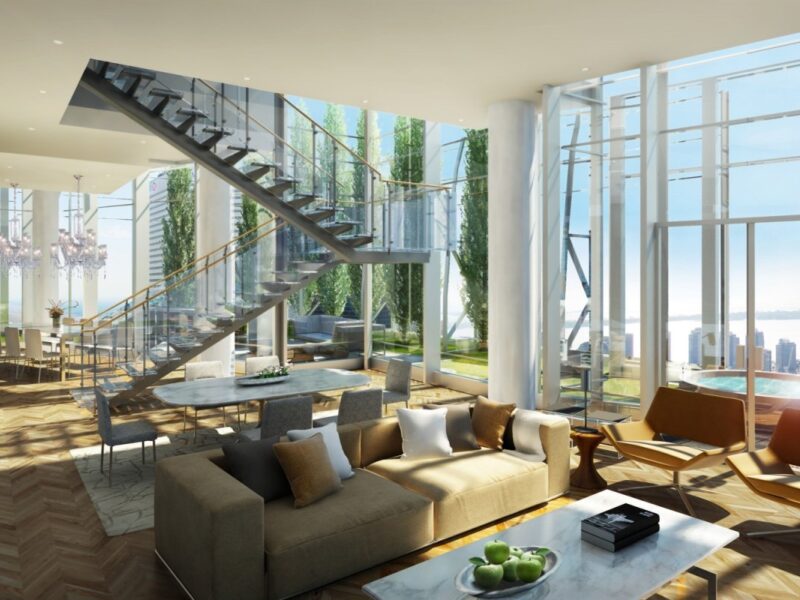
Difference between Wood Metal and Agricultural Buildings
Cost of constructing a steel building
With so many alternatives for steel buildings, it can be easy to become overwhelmed during the design stage of a project. Some of these choices consist of:
- Red Iron Structures
- The kit is for DIY projects
- The building is made of tubular steel

Red iron steel is substantially more expensive per square foot and does not include installation. Red iron construction can cost hundreds of thousands of dollars, depending on the size of the building.
Installation is not included in a DIY kit either.
The kits are frequently incomplete when they are brought to you, so you must employ a team to assemble the structure. Another thing to keep in mind is that the majority of DIY kits cost more than our buildings do, and they do not come with the installation.
Cost of building with wood:

A pole barn is the least expensive type of wood building you can construct, while a timber-frame construction is the most expensive.
Lifetime Maintenance Cost:
Maintenance of metal buildings is minimal or nonexistent. Metal will not warp or crack as wood does. You won’t have to be concerned about termites or rot ruining the structure if it is made of metal.
Metal structures are completely galvanized to provide the highest rust protection. Utilize top-tier paint with a unique film over it that stops fading even after years of exposure to the environment.
In 3–7 years, the paint on wooden buildings will start to flake off, requiring touch-ups, while roofing needs to be rebuilt on average every 15 years. Additionally, rot, warping, and bugs can affect wood.
In conclusion, the near-zero maintenance cost equates to substantial lifetime cost savings for metal buildings over wood.
Strength of Structure:
When it comes to creating your building, steel and wood are both incredibly powerful materials. Contrary to metal, termites, and moisture cause wood to lose a lot of its initial integrity over time, causing the material to distort and break.
Steel is frequently regarded as the strongest material for construction.
Engineer-certified and secured to your slab, Metal constructions can withstand severe weather conditions like hurricanes, earthquakes, snowfall, and high winds.
Agricultural Buildings
A non-residential building or structure is referred to as an “agricultural building” if it is constructed or installed on a commercial farm or ranch to house livestock, poultry, or other agricultural or aquacultural products that are used in or required for the operation of the farm or ranch, or the processing and sale of farm or ranch products. Agricultural buildings can also be used to house agricultural or aquacultural feeds and supplies.
Metal structures for farming and agriculture are excellent for storing seeds, goods containing oil, produce, grains, crops, hay, etc. Insulated roof and wall panels can be added to these structures, providing a practical and affordable solution for temperature-sensitive goods like grain, fruits, nuts, and vegetables.
In every agricultural enterprise, farm buildings and infrastructure are crucial. They transform a farm into an agricultural town when properly furnished. They can be used to package farm tools and equipment, farm food, fertilizers, and agrochemicals, as well as process and store agricultural produce.
Uses of Agricultural buildings
Although there are many uses for agricultural structures, housing grain or livestock is by far the most common. Many materials can be used to construct agricultural structures, but steel is frequently the material of choice due to its strength and durability. Steel agricultural buildings also have the added benefit of being simple to erect and low maintenance.
- Keeping farm equipment, feed, seeds, and other supplies in storage
- housing for farm and livestock animals
- used as a workshop to construct or repair farm machinery, tools, and other items
- Farm businesses use the space as an office.
- Create additional housing on the farm, such as guest houses or a caretaker’s home
- Crops can be processed and stored in facilities like grain elevators or fruit and vegetable processing plants.
- used in farm markets or shops for the retail sale of agricultural items.
- A place where agricultural tourist events like hayrides, pumpkin patches, and corn mazes are held.
- act as a classroom for agricultural and farming-related educational programs.
- Venues for community meetings or events
Conclusion
There are several factors to consider that affect cost when determining whether to build a metal structure versus a wood one.
Metal is more cost-effective than other fundamental building materials.
Metal buildings always outperform other building types when the lifetime cost and the initial construction cost are taken into account. While, agricultural buildings are constructed on a commercial farm or ranch to house livestock, poultry, or other agricultural products that are used on the farm. Metal structures for farming and agriculture are excellent for storing seeds, goods containing oil, produce, grains, crops, hay, etc.











